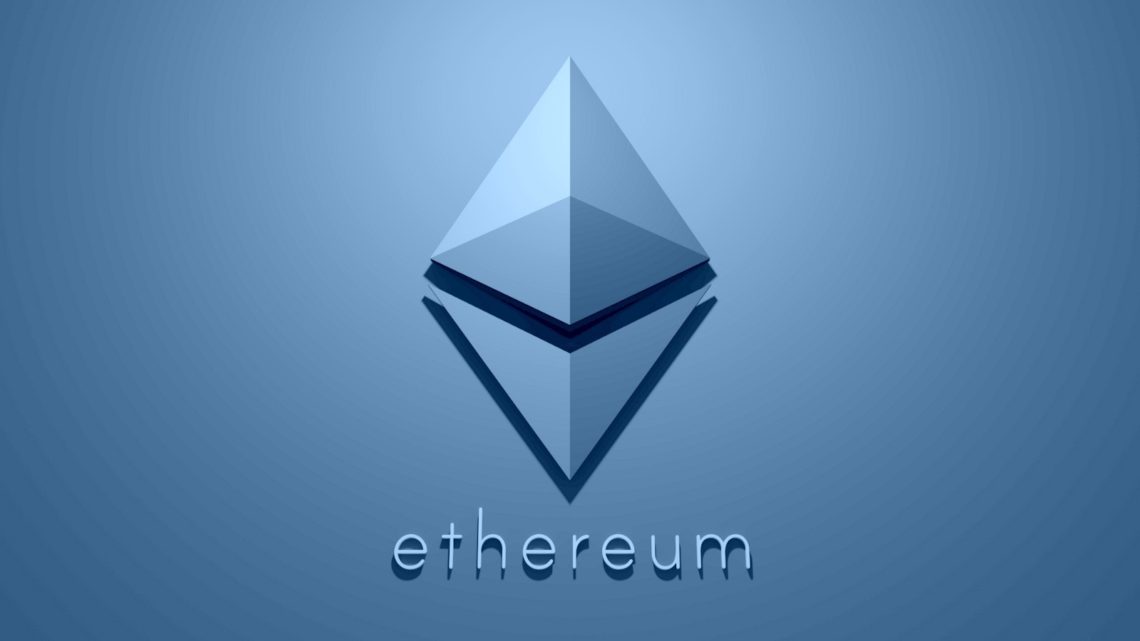- According to a Dragonfly Research experiment that assessed the performance of six blockchains by testing the capacity of automated market makers (AMMs) on each. It was capable of 273.34 deals per second and 590 millisecond block creation.
- Dragonfly Research is Dragonfly Capital’s research arm, and according to its portfolio website, it has invested in Celo, Avalanche, Cosmos, and Near, all of which are listed in the study. It has not made any investments in Solana. Other layer-1 blockchains will eventually outperform EVM-compatible chains, according to GM.
- The benchmark was Uniswap v2, because it is the most used DEX, with $1.6 billion in 7-day transaction volume. According to the report, the benchmark was 18.38 transactions per second with 13.2 seconds per new block.
According to studies, Solana’s throughput outperformed the leading EVM chain by a significant margin, prompting academics to forecast that competing layer-1 chains will outperform EVM chains.
590 Millisecond Block Creation
Solana’s Orca decentralised exchange (DEX) was the clear winner in trades per second, according to a Dragonfly Research experiment that assessed the performance of six blockchains by testing the capacity of automated market makers (AMMs) on each. It was capable of 273.34 deals per second and 590 millisecond block creation. On PancakeSwap, BNB Smart Chain came in second with 194.6 deals per second, followed by Polygon, Avalanche, Celo (CELO), and Ethereum. While there was a robust ecosystem created on Ethereum Virtual Machine (EVM) compatible chains, the results demonstrated that if you want truly good performance now you have to explore beyond the EVM realm, according to a blog post by researcher GM. Users will eventually need to abandon the EVM, according to a now-deleted sentence in an earlier version of the post.
Dragonfly Research is Dragonfly Capital’s research arm, and according to its portfolio website, it has invested in Celo, Avalanche, Cosmos, and Near, all of which are listed in the study. It has not made any investments in Solana. Other layer-1 blockchains will eventually outperform EVM-compatible chains, according to GM. He expressed himself as follows: Overall, I have the idea that Ethereum is the Microsoft Windows of smart contract operating systems. However, the current blockchain era ushers us into the Windows 95 era.
EVM chains are blockchains that work with Ethereum’s software. They frequently contribute to the Ethereum network’s scalability. The experiment’s findings were released on March 2. It was an attempt to compare blockchain throughput by counting the number of swaps that could be made per block using native automated market makers. AMMs are decentralised exchanges that permit non-custodial token swaps on-chain, such as Uniswap and PancakeSwap. How many deals per second would clear if you filled a complete block with Uniswap v2-style trades? was the basic question GM intended to solve.
The benchmark was Uniswap v2, because it is the most used DEX, with $1.6 billion in 7-day transaction volume. According to the report, the benchmark was 18.38 transactions per second with 13.2 seconds per new block. GM went on to say that while the benchmark isn’t flawless, it’s illustrative in providing a holistic view of performance. To ascertain the current capacity limit of each blockchain evaluated, the leading DEX was flooded with token swaps on the most liquid pairs. Rollup scaling was not tested on layer-1 chains because rollups can be utilised on any chain. While the five EVM chains in the study could all be checked in the same way, Solana required a different approach, which GM detailed in a blog post.
None of the blockchains in the test were being used to their maximum potential, according to GM, who expects all of the big L1s to increase in their performance over time. Despite the report’s findings demonstrating Solana’s superior performance, proponents of decentralisation note to other problems on the island. The company behind the EVM-compatible Spookyswap DEX on Fantom Opera slammed the findings, telling Cointelegraph that Solana is a completely centralised network, unlike Ethereum. Service failures have also plagued Solana, raising questions about the network’s security and the dependability of the ecosystem’s applications.
ALSO READ: An NFT Whitelist spot can bring you golden opportunities like these
Ethereum And Solana Was Only 25 Times
Solana can be shut off, and it has been known to go offline for days. With correct EVM layer-1 chains, you don’t observe that.
GM encouraged readers to Do the math yourself to confirm or disprove his findings. He also mentioned that because blockchain improvements happen so quickly, the results of each new optimization on any chain may vary. He also found that the performance difference between Ethereum and Solana was only 25 times, suggesting that nobody is getting that tremendous performance from linear token transactions on-chain in general.

Andrew is a blockchain developer who developed his interest in cryptocurrencies while pursuing his post-graduation major in blockchain development. He is a keen observer of details and shares his passion for writing, along with coding. His backend knowledge about blockchain helps him give a unique perspective to his writing skills, and a reliable craft at explaining the concepts such as blockchain programming, languages and token minting. He also frequently shares technical details and performance indicators of ICOs and IDOs.


 Home
Home News
News









